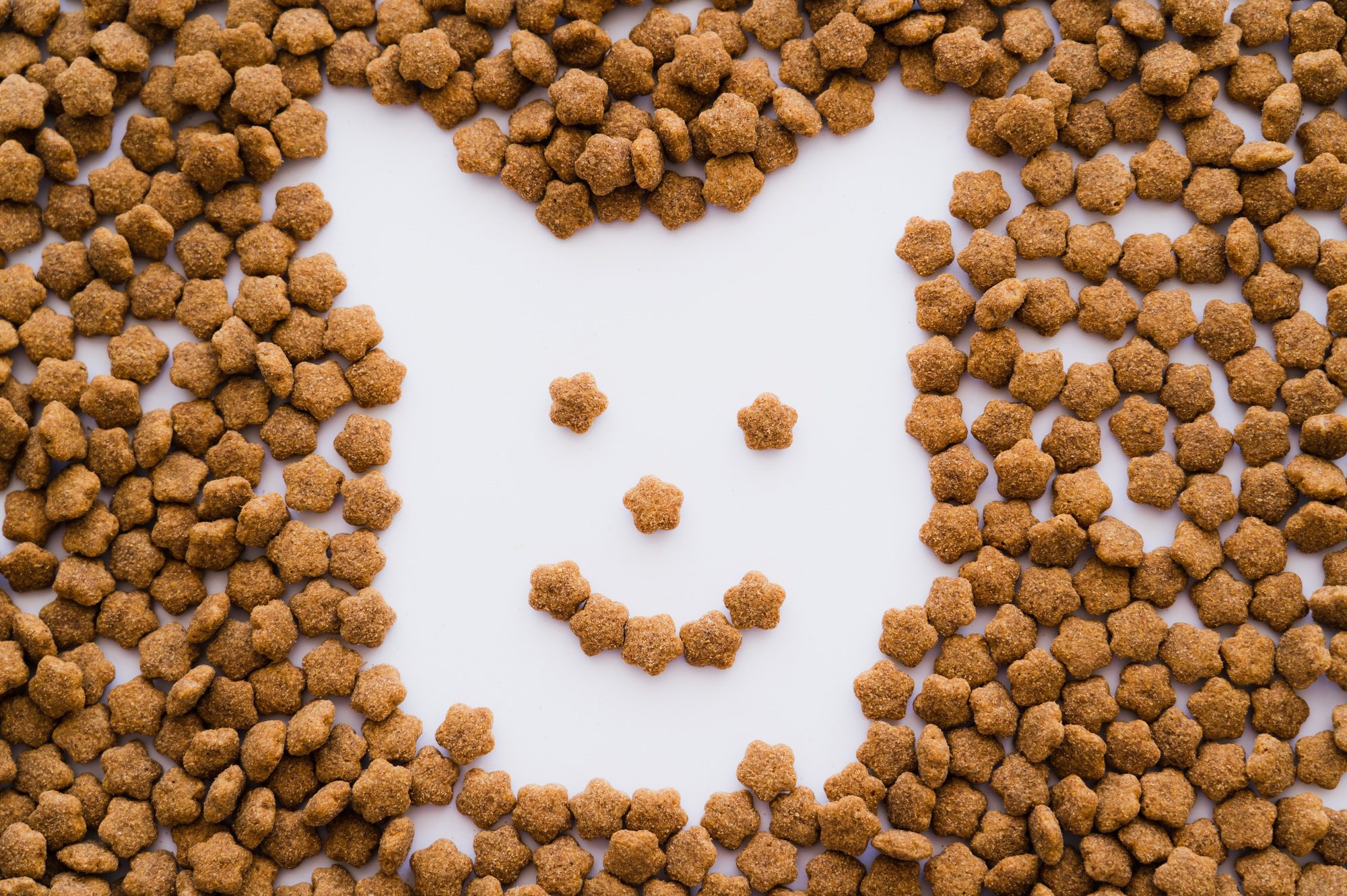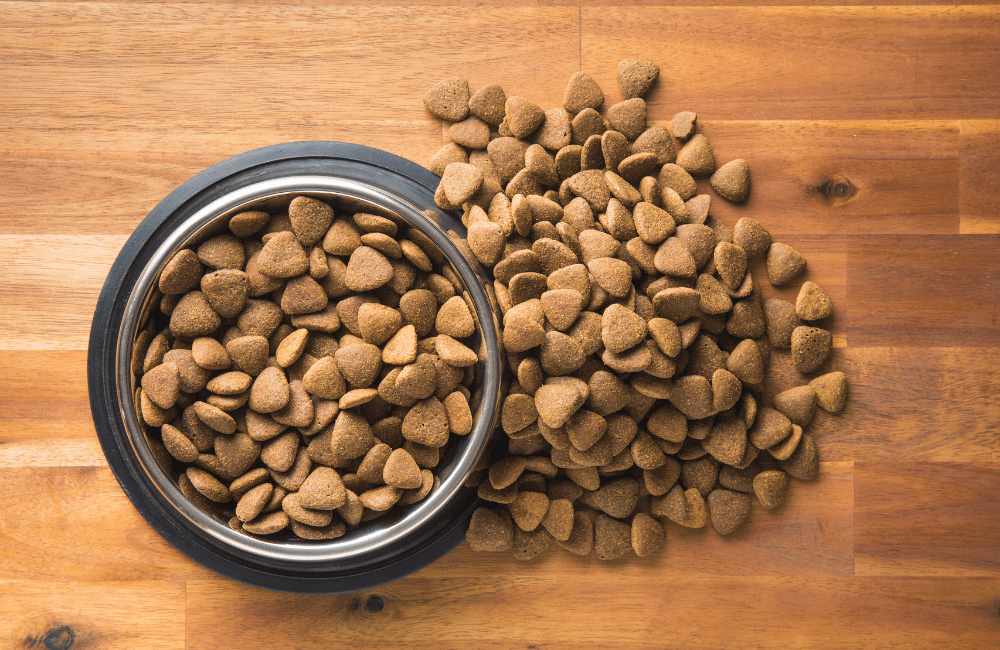Palatants in Pet Food
In the ever-evolving landscape of pet care, ensuring that our furry companions enjoy their meals is paramount. Enter pet food palatants, the unsung heroes behind the delectable aromas and flavors that entice pets to the dinner bowl. Let’s delve into the diverse types and applications of these additives.
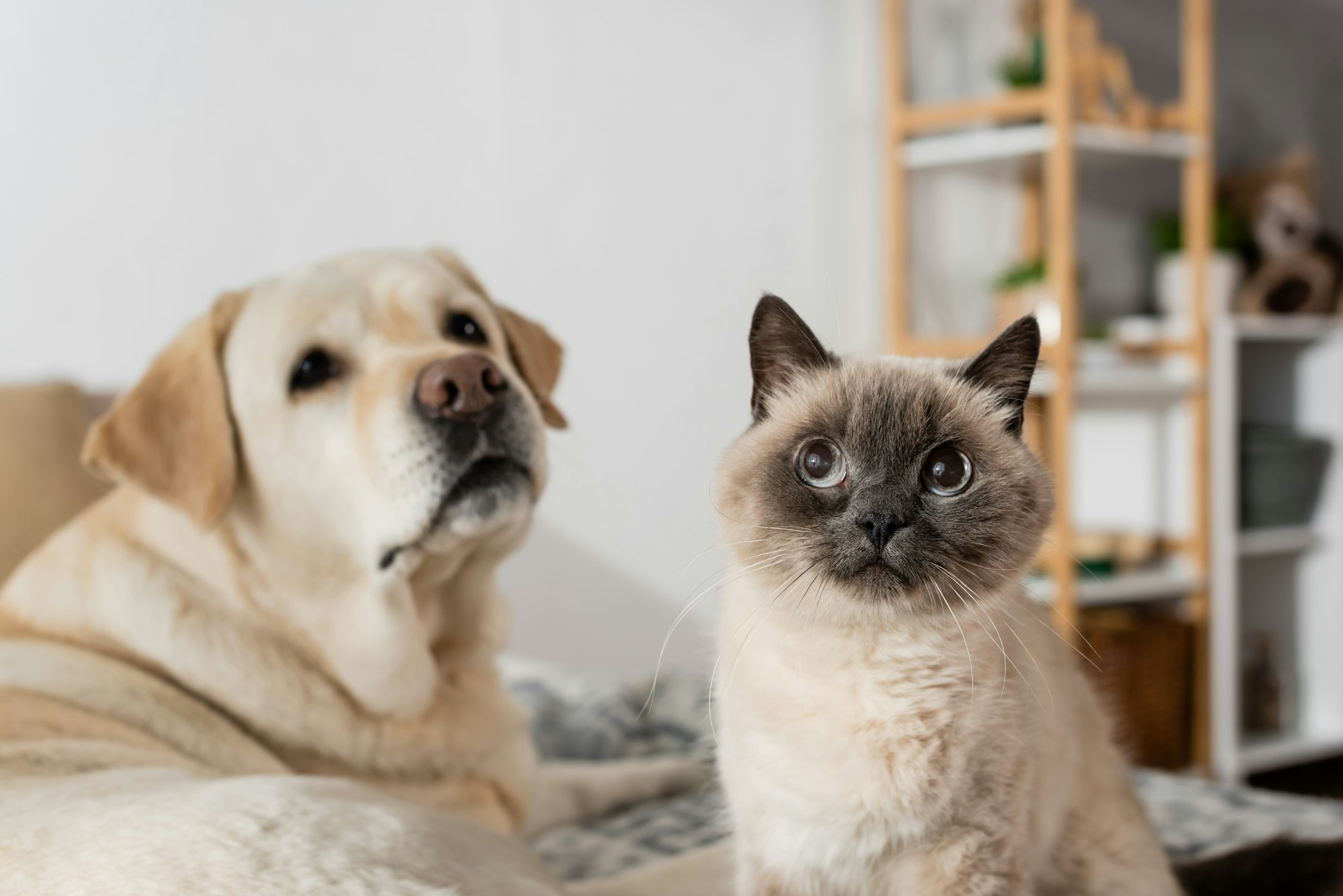
1. Palatant Types and Applications
1.1 Palatants
Pet food’s aroma, color, texture, and palatability significantly influence pets’ appetites. Palatants, also known as flavor enhancers or appetizing agents, play a pivotal role in enhancing animals’ appetites, improving palatability, and facilitating digestion and absorption.
Types of Palatants:
- Aroma Enhancers: Primarily composed of oils, fats, and heat-reactive compounds. These not only enhance aroma but also promote appetite and development.
- Acidifiers: Organic or inorganic edible acids.
- Sweeteners: Single or composite sweetening agents, catering to pets’ preferences, especially cats’ sensitivity to various amino acids.
- Umami Enhancers: Such as L-proline, sodium glutamate, L-aspartic acid, etc.
- Savory Enhancers: Including L-alanine, sodium glutamate, L-aspartic acid, etc.
- Saltiness Enhancers: Salt, sea salt, sodium bicarbonate, etc.
- Spicy Enhancers: (Pepper, garlic powder, chili powder, etc.)

1.2 Application of Palatants in Pet Food
Various palatants, including flavor and aroma enhancers, dominate the market. While aroma enhancers may have drawbacks like short shelf life, they effectively preserve specific odors and mask undesirable ones. Flavor enhancers, on the other hand, offer broader applications and advantages, including improved palatability and increased consumption.
2. Functional Additives: Types and Applications
2.1 Taurine
Widely distributed in animal bodies, taurine plays multiple physiological roles, including growth promotion, antioxidant properties, immune enhancement, lipid metabolism regulation, gut health maintenance, and brain development.
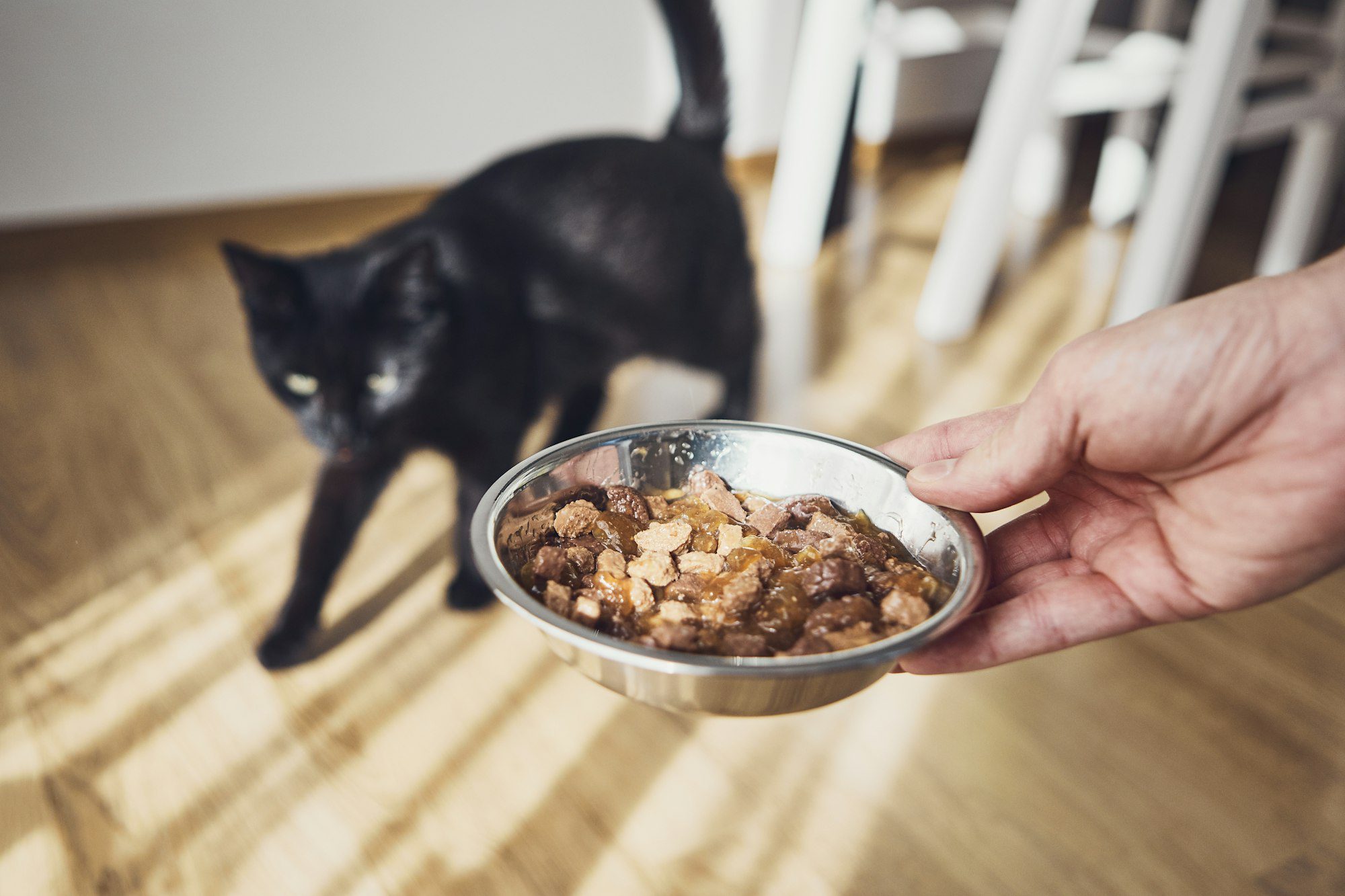
2.2 Arginine
An essential amino acid, particularly crucial for animals under stress, trauma, starvation, or rapid growth. Arginine supplementation aids in gastrointestinal growth, development, maturation, and repair.
2.3 Application of Functional Additives in Pet Food
With the global pet industry surpassing $180 billion, pet food and veterinary care account for 80% of the market share. Functional additives, by regulating gut flora, replacing unhealthy chemical additives, and promoting overall health, play a vital role in addressing pet obesity and metabolic imbalances.

3. Vitamin Additives: Types and Applications
3.1 Vitamin A
Essential for animals, especially in fish liver oils, animal livers, milk, and plant foods like carrots. Vitamin A influences fat metabolism, muscle marbling, and muscle fat regulation.
3.2 Vitamin C
Known for its antioxidant properties, Vitamin C enhances coat sheen in fur-bearing animals, improves feather brightness in birds, and aids in stress management.

3.3 Vitamin E
Abundant in plant oils, Vitamin E boosts immunity, but excessive intake may affect the absorption of other fat-soluble vitamins.
3.4 Application of Vitamins in Pet Food
Vitamins, crucial for growth and development, are extensively used in pet food formulations to meet dietary needs and offset potential losses due to environmental factors.

4. Functional Oligosaccharide Additives: Types and Applications
4.1 Functional Oligosaccharides
Known for promoting beneficial gut bacteria, aiding digestion, and enhancing immunity, these additives offer safety, efficacy, and palatability.
4.2 Application of Oligosaccharides in Pet Food
Functional oligosaccharides contribute to oral hygiene, preventing dental issues, and are increasingly integrated into pet food formulations.
5. Herbal Extract Additives: Types and Applications
5.1 Plant Extracts and Gut Microbiota
Herbal extracts serve as feed additives by selectively inhibiting gut bacteria, contributing to gut health and immunity.

5.2 Plant Extracts and Oxidative Stress
Besides gut health, plant extracts indirectly regulate gut health by mitigating oxidative stress, showcasing potential in protecting liver and kidney function.
5.3 Plant Extracts and Antibiotics
Natural antibiotics, derived from herbal extracts, offer alternatives to conventional antibiotics, promoting immune function and overall health.
5.4 Application of Herbal Extracts in Pet Food
As the pet industry embraces natural ingredients, herbal extracts emerge as promising additives, offering benefits in disease prevention and health promotion.
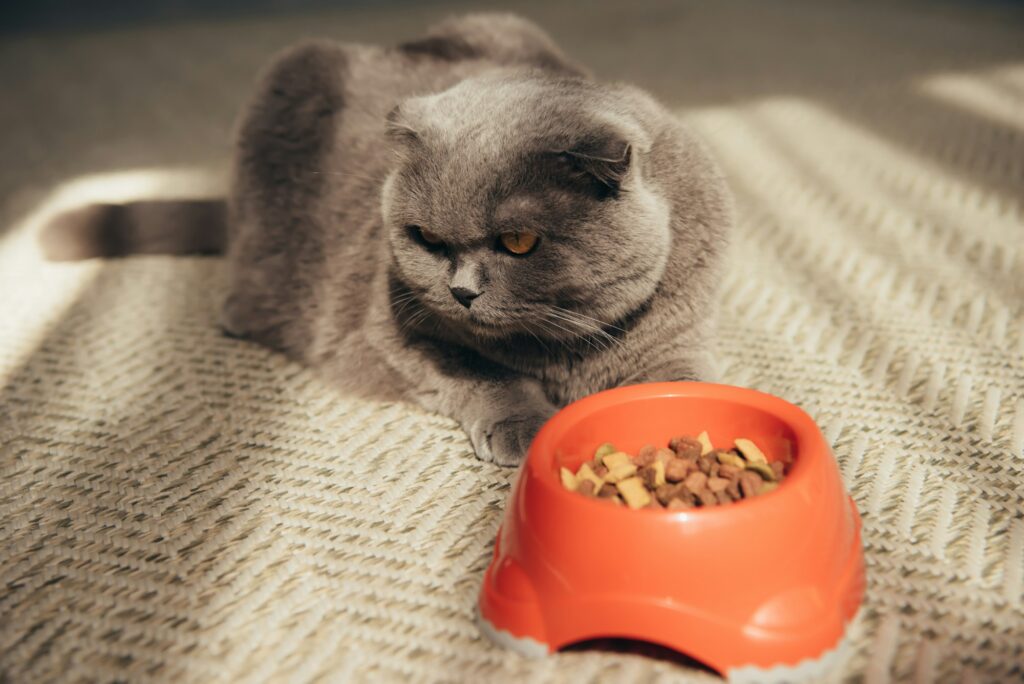
Safety Research on Additives
Ensuring the safety of additives remains paramount. Ongoing research focuses on assessing their safety and effectiveness, vital for maintaining pet health and well-being.
In conclusion, the world of pet food additives is vast and ever-evolving. From flavor enhancers to functional oligosaccharides and herbal extracts, these additives play multifaceted roles in ensuring pets’ health and happiness. As research continues to advance, the future holds promise for safer, more effective, and more natural pet food formulations.






